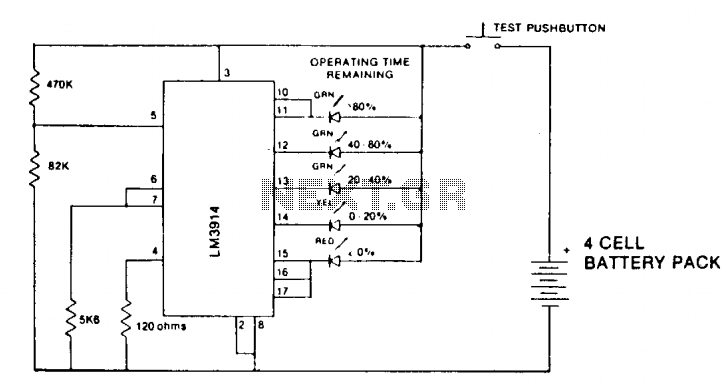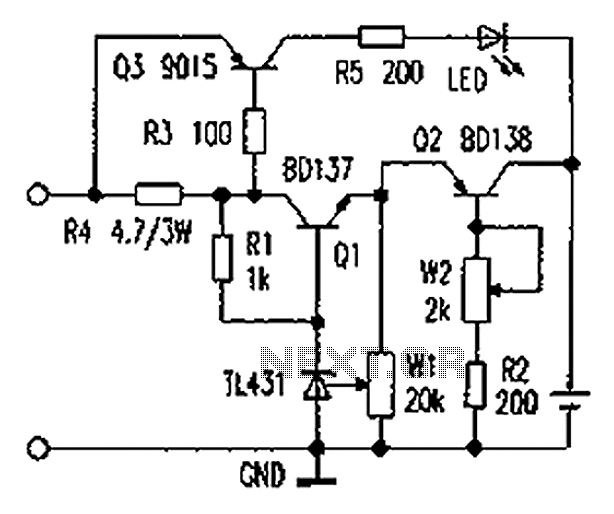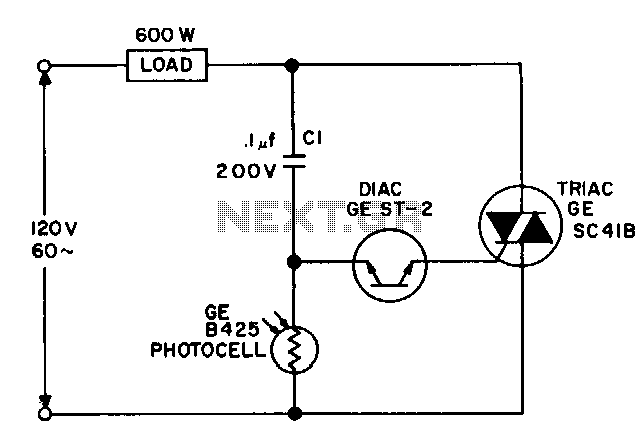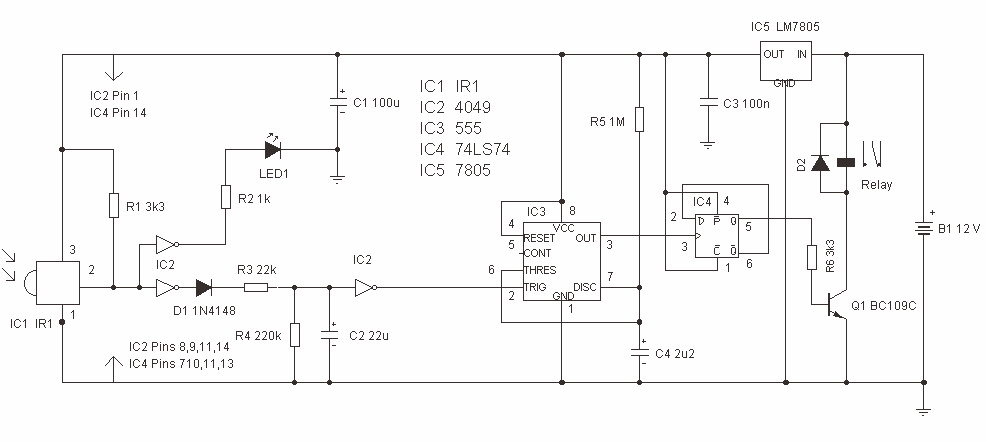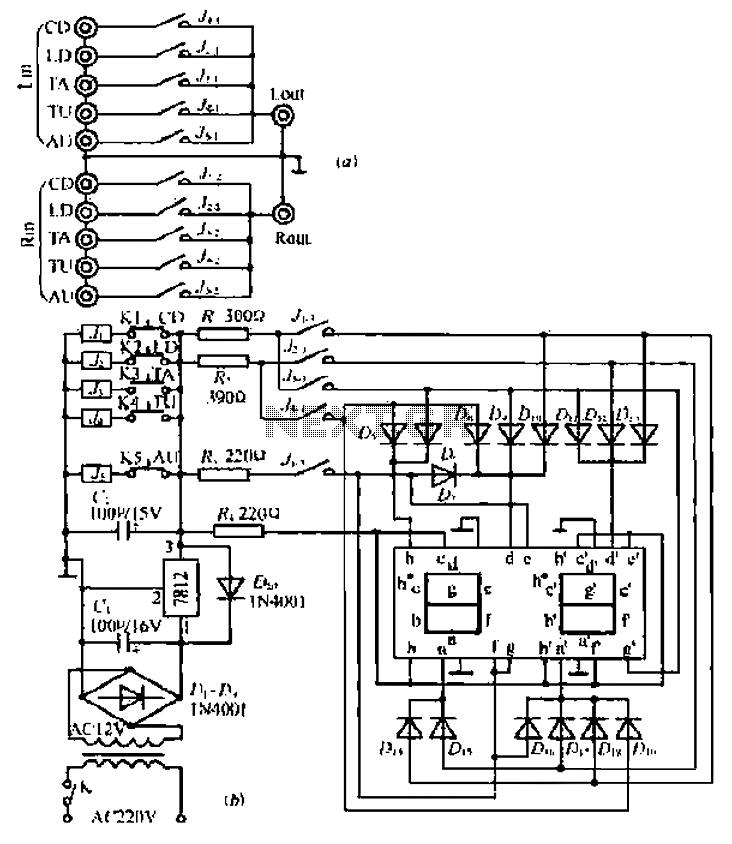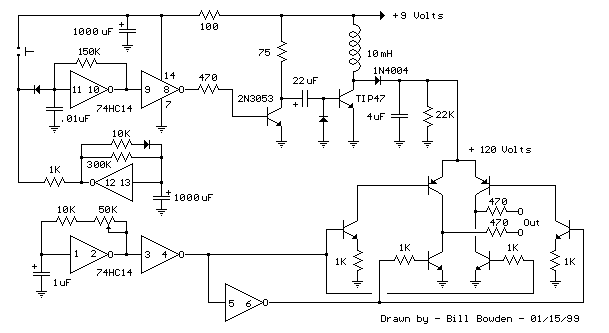
mosfet How to switch between a solar panel and battery
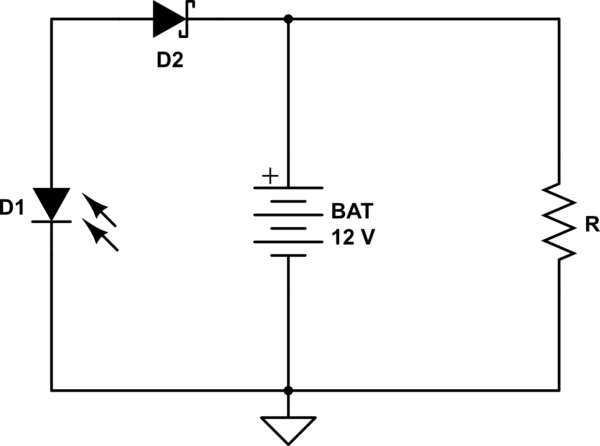
A 12V battery is charged using a solar panel. When the battery reaches 12V, the solar panel is disconnected from the battery, and the load is connected to the battery. The solar panel is reconnected to the battery when the battery voltage drops to approximately 10V. A query arises regarding the preferable component for switching between the solar panel and the battery: an optocoupler or a MOSFET, and how they should be interconnected for effective switching.
The operation of a solar charging circuit involves several critical components and considerations to ensure efficient energy management and battery protection. In this setup, the solar panel serves as the primary energy source, charging a 12V lead-acid or lithium battery. The system must include a mechanism for disconnecting the solar panel when the battery is fully charged and reconnecting it when the battery voltage falls to a predetermined threshold, typically around 10V.
For the switching mechanism, both optocouplers and MOSFETs can be utilized, each with its advantages. An optocoupler provides electrical isolation between the control circuit and the high-power circuit, which can enhance safety and prevent noise from affecting the control signals. However, its switching speed and current handling capabilities are generally lower than those of MOSFETs. MOSFETs, on the other hand, are capable of handling higher currents and switching faster, making them suitable for applications where efficiency and rapid response are critical.
To implement the switching mechanism, a simple circuit can be designed using a MOSFET in conjunction with a voltage sensing circuit. The voltage sensing circuit monitors the battery voltage and controls the gate of the MOSFET. When the battery voltage reaches 12V, the gate voltage is adjusted to turn the MOSFET off, disconnecting the solar panel. Conversely, when the battery voltage drops to around 10V, the gate voltage is adjusted to turn the MOSFET on, reconnecting the solar panel to the battery.
In addition to the switching components, it is advisable to include a diode in the circuit to prevent backflow of current from the battery to the solar panel during low light conditions, such as at night or on cloudy days. This diode ensures that the battery does not discharge through the solar panel, potentially causing damage to the panel or reducing the battery's lifespan.
Overall, the integration of a MOSFET for switching, along with a voltage sensing mechanism and a protective diode, creates a robust and efficient solar charging system that optimally manages battery charging and discharging cycles.A 12v battery is being charged from a solar panel. When battery is 12v solar panel is disconnected from battery and connect the load with battery. And again solar panel is connected with battery when battery voltage is say 10v. How to switch simply Which one is preferable, optocoupler or mosfet and how they are interconnected for proper switchin g Just for my satisfaction, does anyone know, if leaving the solar panel connected to the battery during load conditions, whether damage of any sort would happen Andy aka Apr 24 `13 at 19:24 @Andy aka It is common practice to leave a charging source connected to the battery while the load is also drawing current. I see no need for the switch that Apu is considering. Peter Bennett Apr 24 `13 at 19:30 @PeterBennett Andy may be thinking about the situation that the battery is charged, but then evening comes (or clouds) and the panel`s voltage drops.
That`s probably the only situation to worry about, and is easily addressed with a diode which prevents back-biasing of the panel. Kaz Apr 24 `13 at 19:43 Ugh. why is the grammar so bad I can hardly tell what`s being asked! "And again solar panel is connected with battery when battery voltage is say 10v. " fuzzyhair2 Apr 25 `13 at 7:52 🔗 External reference
The operation of a solar charging circuit involves several critical components and considerations to ensure efficient energy management and battery protection. In this setup, the solar panel serves as the primary energy source, charging a 12V lead-acid or lithium battery. The system must include a mechanism for disconnecting the solar panel when the battery is fully charged and reconnecting it when the battery voltage falls to a predetermined threshold, typically around 10V.
For the switching mechanism, both optocouplers and MOSFETs can be utilized, each with its advantages. An optocoupler provides electrical isolation between the control circuit and the high-power circuit, which can enhance safety and prevent noise from affecting the control signals. However, its switching speed and current handling capabilities are generally lower than those of MOSFETs. MOSFETs, on the other hand, are capable of handling higher currents and switching faster, making them suitable for applications where efficiency and rapid response are critical.
To implement the switching mechanism, a simple circuit can be designed using a MOSFET in conjunction with a voltage sensing circuit. The voltage sensing circuit monitors the battery voltage and controls the gate of the MOSFET. When the battery voltage reaches 12V, the gate voltage is adjusted to turn the MOSFET off, disconnecting the solar panel. Conversely, when the battery voltage drops to around 10V, the gate voltage is adjusted to turn the MOSFET on, reconnecting the solar panel to the battery.
In addition to the switching components, it is advisable to include a diode in the circuit to prevent backflow of current from the battery to the solar panel during low light conditions, such as at night or on cloudy days. This diode ensures that the battery does not discharge through the solar panel, potentially causing damage to the panel or reducing the battery's lifespan.
Overall, the integration of a MOSFET for switching, along with a voltage sensing mechanism and a protective diode, creates a robust and efficient solar charging system that optimally manages battery charging and discharging cycles.A 12v battery is being charged from a solar panel. When battery is 12v solar panel is disconnected from battery and connect the load with battery. And again solar panel is connected with battery when battery voltage is say 10v. How to switch simply Which one is preferable, optocoupler or mosfet and how they are interconnected for proper switchin g Just for my satisfaction, does anyone know, if leaving the solar panel connected to the battery during load conditions, whether damage of any sort would happen Andy aka Apr 24 `13 at 19:24 @Andy aka It is common practice to leave a charging source connected to the battery while the load is also drawing current. I see no need for the switch that Apu is considering. Peter Bennett Apr 24 `13 at 19:30 @PeterBennett Andy may be thinking about the situation that the battery is charged, but then evening comes (or clouds) and the panel`s voltage drops.
That`s probably the only situation to worry about, and is easily addressed with a diode which prevents back-biasing of the panel. Kaz Apr 24 `13 at 19:43 Ugh. why is the grammar so bad I can hardly tell what`s being asked! "And again solar panel is connected with battery when battery voltage is say 10v. " fuzzyhair2 Apr 25 `13 at 7:52 🔗 External reference
